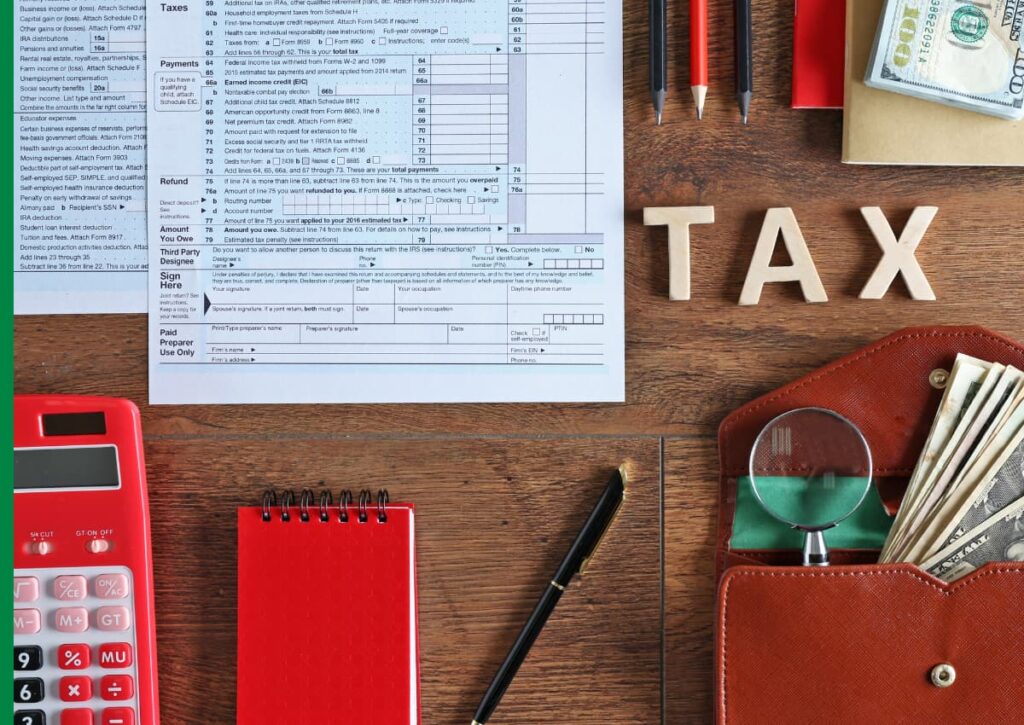Your Income Tax Return (ITR) can be duly filed and for Assessment Year 2025-26 this need not overwhelm you. As the department of Income Tax has opened the doors of ITR-2 and ITR-3 excel tools and has extended the deadline to SEP 15, 2025, it is enough time to organize your files and file the correct returns.
Being a taxpayer facilitator, who had the opportunity to guide thousands of taxpayers over the process of ITR filing, I am well aware of how document collection and form selection process can be misleading and confusing. This deeply researched insight will take you through all you need to know about ITR in the year 2025 and before you know the tax filling season is upon us, you are well prepared.

Know the ITR Filing Timeline for 2025
The deadline to file ITR of individuals in Assessment Year 2025-26 is 15 September, 2025. This is a long deadline which will give you almost 2 months to prepare documents and fill in your filing without being in a hurry.
All ITRs including income tax returns forms have already been announced by the Income Tax Department and it is important to choose the correct type to make sure that your tax return cannot be treated as defective. Interestingly, the taxpayers having capital gains have good news this year as even those with capital gains are now eligible to fill the simple ITR-1 (Sahaj) in case they satisfy particular arguments.
How to Choose the Right ITR Form
Before knowing the document collection, understanding which ITR form applies to your situation is essential. The new forms reflect significant changes from Budget 2024, particularly regarding capital gains tax on various assets.
ITR-1 (Sahaj) Eligibility: If your gains from the sale of equity shares or mutual fund units amount to less than Rs 1.25 lakh per year and you don’t need to carry forward any losses, you can use this simplified form. This is a significant change that makes filing easier for many taxpayers.
ITR-4 Updates: Similar to ITR-1, ITR-4 filers can now include capital gains up to Rs 1.25 lakhs under section 112A.
Asset-Liability Disclosure: An important change for high earners – the threshold for mandatory asset and liability disclosure has increased from Rs 50 lakhs to Rs 1 crore of total income.
Know Essential Documents for ITR filling
Primary Identity Documents:
- PAN Card (ensure it’s linked with Aadhaar)
- Aadhaar Card
- Previous year’s ITR filing (for reference)
Key Tax Documents:
- Form 26AS (Tax Credit Statement)
- Annual Information Statement (AIS)
- Taxpayer Information Statement (TIS)
Form 26AS serves as a comprehensive summary of taxes deducted on your behalf and taxes paid by you. It’s automatically generated by the Income Tax Department and accessible through their website. The AIS provides a more detailed view, including interest, dividends, and transaction details beyond just TDS information.
Documents for Salaried Employees
If you’re a salaried employee, your document collection process is relatively straightforward. The most crucial document is your Form-16, which contains both Part A and Part B issued by your employer.
Essential Salary-Related Documents:
- Form-16 (all forms if you’ve switched jobs during the financial year)
- Monthly salary slips
- Details of taxable allowances (HRA, LTA, etc.)
- Exemption proofs for claimed allowances
Property Income Documentation
For taxpayers earning rental income or claiming house property benefits, specific documentation is required:
Rental Income Requirements:
- Rental agreements and receipts
- Tenant details including PAN/Aadhaar
- Complete property address and co-owner details
- Municipal tax receipts
Home Loan Documentation:
- Interest certificates from banks
- Pre-construction interest details, if applicable
- Principal repayment certificates for Section 80C claims
Capital Gains Documentation Strategy
Capital gains reporting has become more streamlined, but proper documentation remains crucial.
For Equity and Mutual Fund Transactions:
- Consolidated capital gains statements from CAMs and Kfintech for mutual funds
- Tax P&L statements from your broker for equity shares
- Transaction statements showing purchase and sale details
For Property Transactions:
- Sale and purchase deeds
- Improvement cost documentation
- Transfer expense receipts
- Buyer details including PAN and Aadhaar
- Section 54 or 54EC exemption supporting documents, if applicable
Investment and Deduction Documentation
Section 80C Investments (Maximum deduction: Rs 1.5 lakhs):
- Equity Linked Savings Scheme (ELSS) confirmations
- National Pension System (NPS) contribution proofs
- Life insurance premium receipts
- Public Provident Fund (PPF) statements
- National Savings Certificate (NSC) receipts
Other Important Deductions:
- Section 80D: Health insurance premium receipts
- Section 80E: Education loan interest certificates
- Section 24B: Housing loan interest certificates (up to Rs 2 lakh deduction)
- Section 80G: Charitable donation receipts
Special Documentation Requirements
Foreign Income and Assets:
- Foreign bank account statements
- Income earned abroad documentation
- Form 67 for claiming credit of taxes paid in foreign countries with double taxation avoidance treaties
- Transaction statements for foreign investments
Cryptocurrency and Digital Assets: With increasing scrutiny on Virtual Digital Assets (VDA), maintain detailed transaction statements for all cryptocurrency investments to ensure proper disclosure in VDA schedules.
Banking and Interest Income Documentation
Bank Account Requirements:
- Complete bank statements for all accounts
- TDS certificates issued by banks
- Interest income statements for fixed deposits
- Savings account interest details (eligible for Section 80TTA benefits)
Document Organization and Preservation Strategy
While ITR filing is an ‘annexure-less’ process meaning you don’t need to attach documents with your return, maintaining proper documentation is crucial for future reference.
Best Practices for Document Management:
- Organize documents by category (salary, investments, property, etc.)
- Maintain digital copies with backup storage
- Keep physical receipts for at least 6 years
- Create a checklist to ensure no document is missed
Why Proper Documentation Matters: If the Assessing Officer (AO) sends a notice requesting clarification about transactions mentioned in your returns, you’ll need to submit proper documentation. Being prepared with organized records can save significant time and stress during such situations.
Preparing for a Smooth Filing Experience
Start your ITR filing preparation early by gathering documents systematically. The extended deadline until September 15, 2025, provides an excellent opportunity to file without last-minute stress.
Final Preparation Steps:
- Verify all documents are complete and accurate
- Cross-check Form-26AS with your records
- Ensure all investment proofs are readily available
- Keep previous year’s ITR for reference
Final advice
The proper preparation and documentation of your assessment year 2025-26 ITR can be a simple task. The secret is to plan early and set things in order and more importantly be sure that you are using the right form in your case.
Keep in mind that although the whole process may appear very complicated, being prepared with the knowledge of what is required and having all the documents in one place, it will be much easier to go through the ITR filling process. The additional time provides you with the luxury of time, and what you need to do is to make good use of it to guarantee proper and complete filing.
Being a first-time filer or a long-time tax-payer, you can use this detailed documentation guide to guide you through the ITR filing process boldly. Be organized, get an early start and do not be afraid to consult an expert in the event of complex tax affairs.



